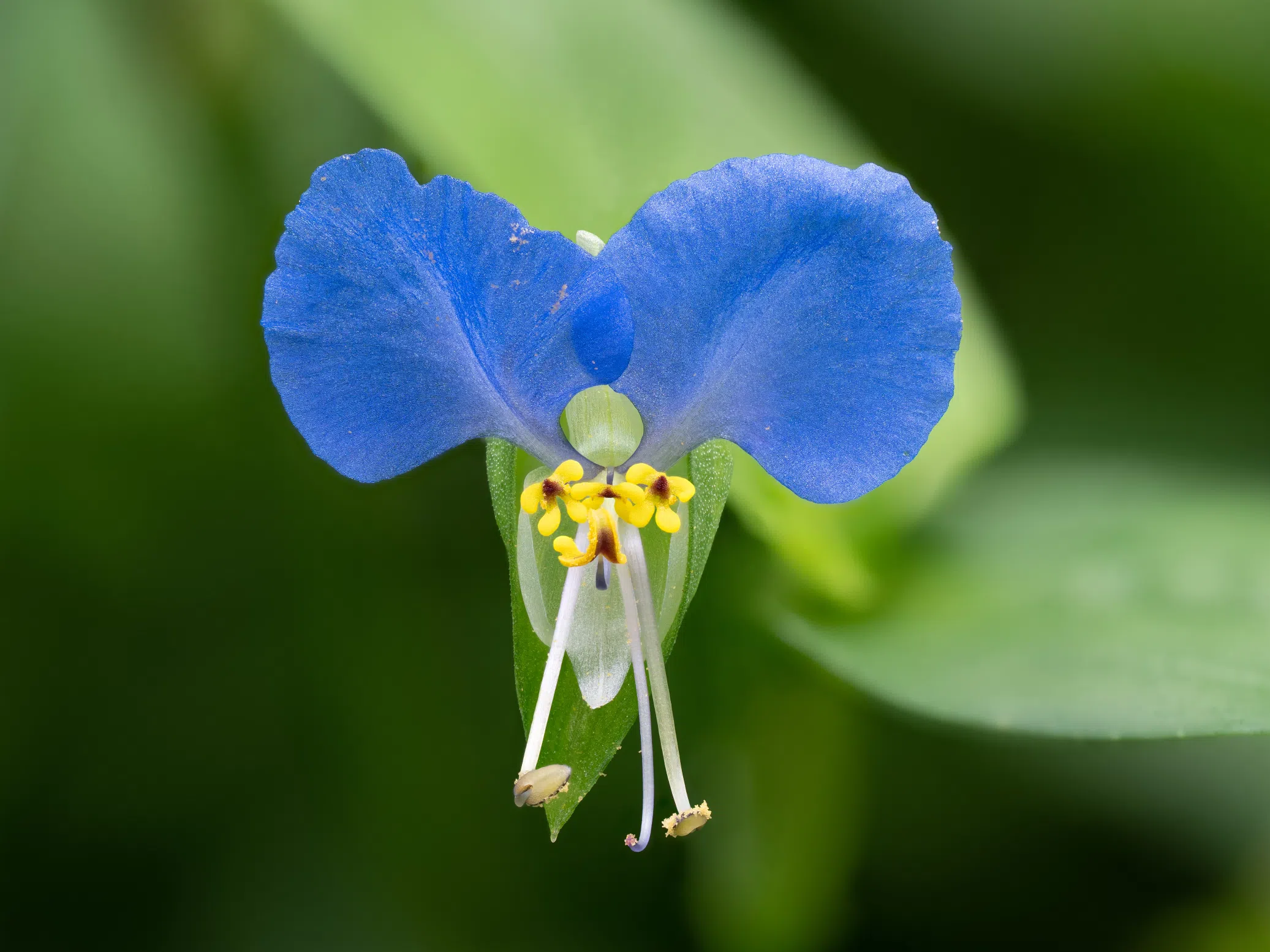
Asiatic Dayflower
Κομμελίνα
Mahmuza

Scientific Name: Muscari comosum
other names: σκορδούλακας
AVAILABLE: MAR-MAY
EDIBLE PARTS: bulb
Foraging for plant bulbs is not sustainable. Once a bulb is pulled from the ground that effectivly ends its life.
In the case of Muscari comosum, the fertile flowers are brownish or yellowish, distinct from the blue or purple sterile flowers.
If the plant has not had a chance to set seed then you should not pull it from the ground.
Generally identifying and foraging bulbs can be risky and should be avoided.
There are three other species in the genus present in Cyprus that can be distinguished the flower and flowering season.
Muscari inconstrictum
Perianth-lobes concolorous with tube, dark indigo or violet; tube not (or indistinctly) constricted at apex; leaves 1-3 mm wide
Muscari neglectum Flowers appearing in winter or spring (Dec.-March); perianth dark blue or violet
Muscari parviflorum
Fertile flowers blue or violet, similar to the sterile but usually darker in colour; raceme less than 4 cm long; seeds c. 2 mm diam.; bulb 1-2 cm wide
Flowers appearing in autumn (Oct.-Dec.); perianth sky-blue, oblong-campanulate, scarcely constricted at mouth

Κομμελίνα
Mahmuza
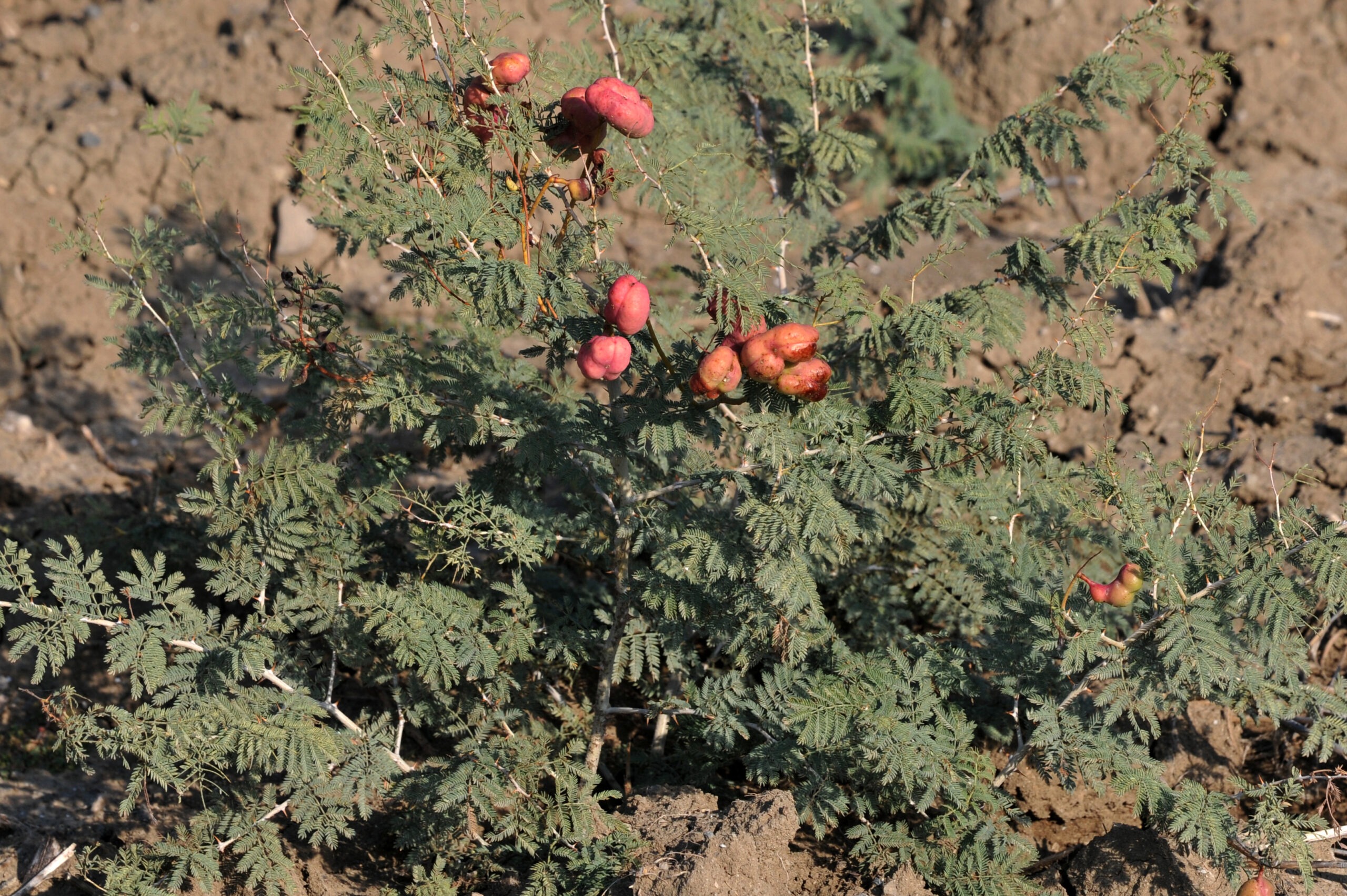
Σκουρούπαθθος
Çeti
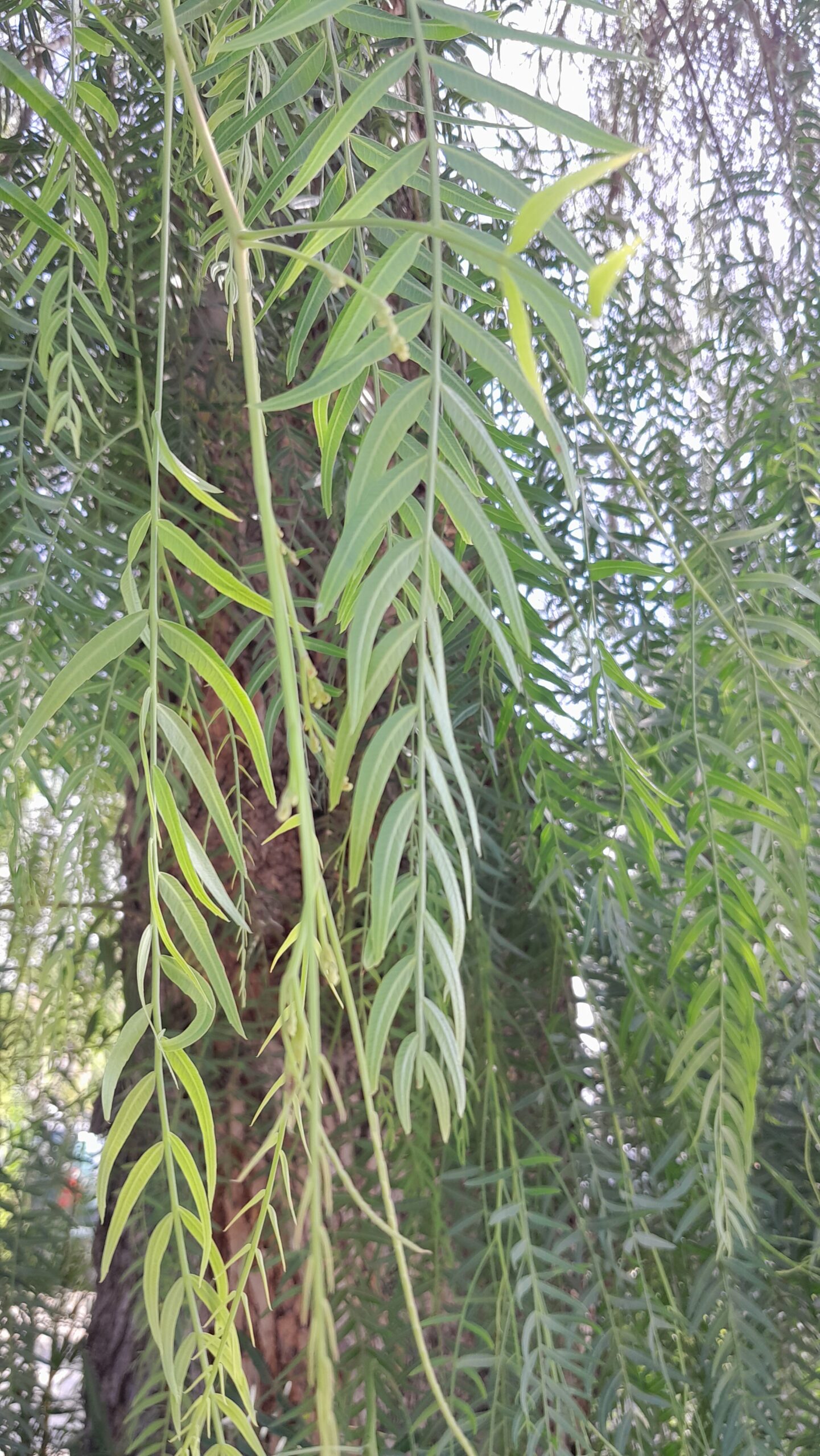
Ψευδοπιπεριά
Peru Biber Ağacı

Καρίσσα
Natal Eriği
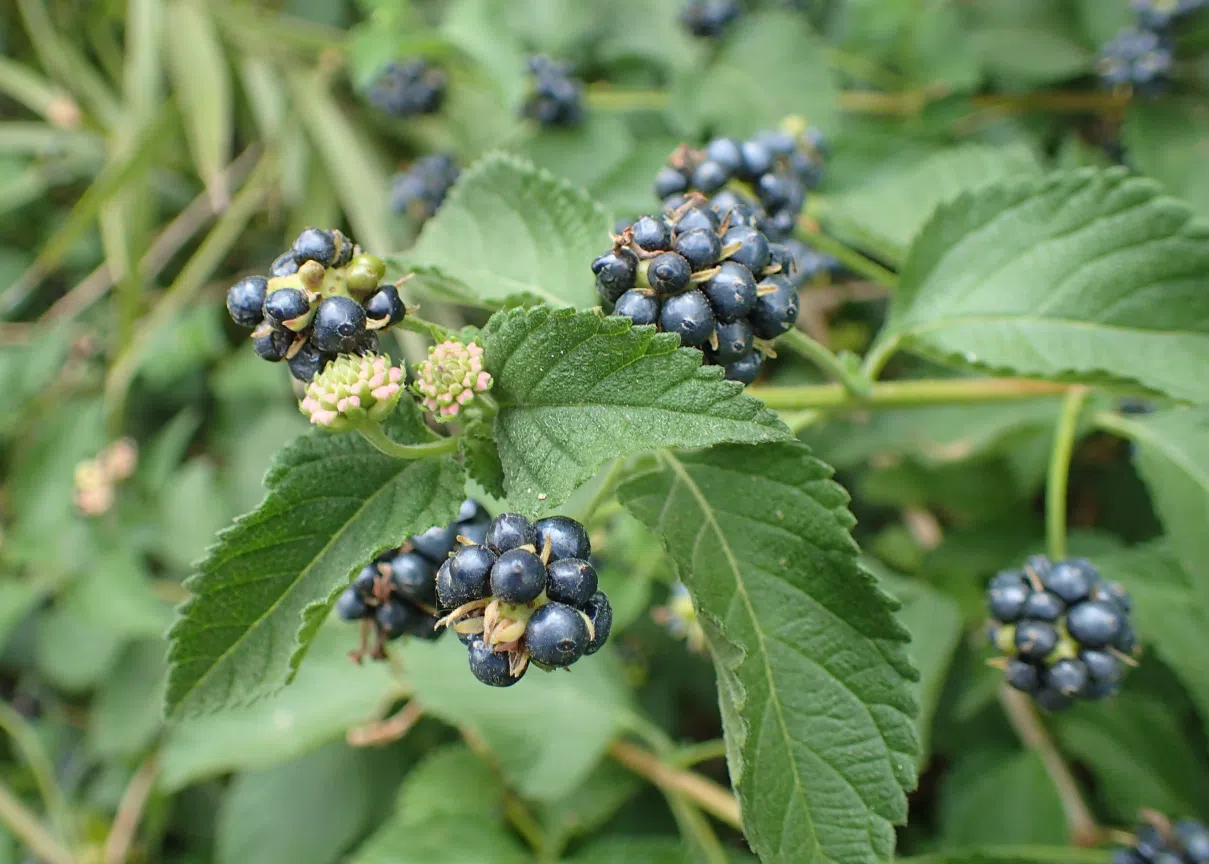
Λαντάνα
Çalı Minesi

Βραχυχίτων
Japon Kavağı
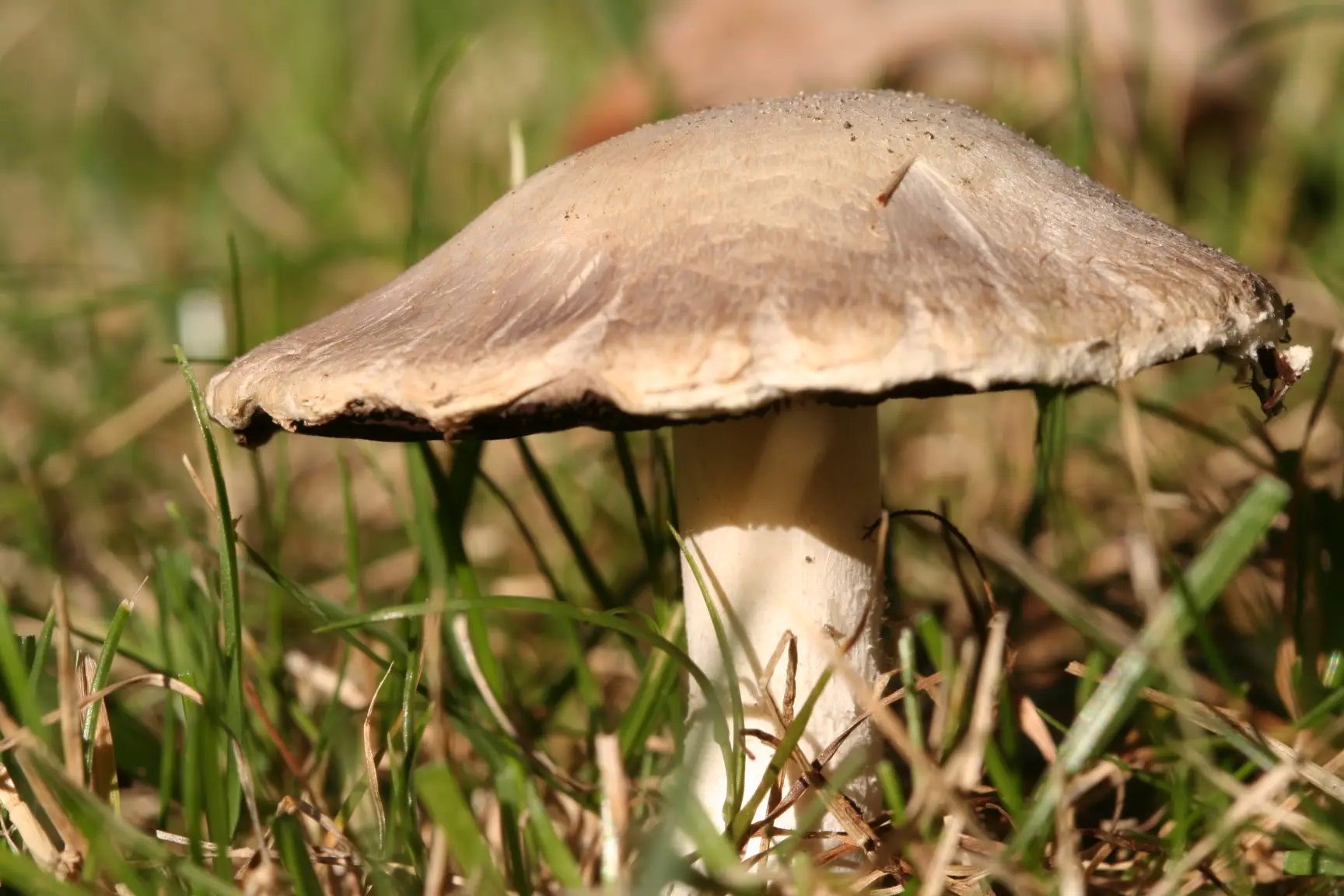
Πουροúϊ
Içi Kızıl

Αρκάππης
Çakal Armudu
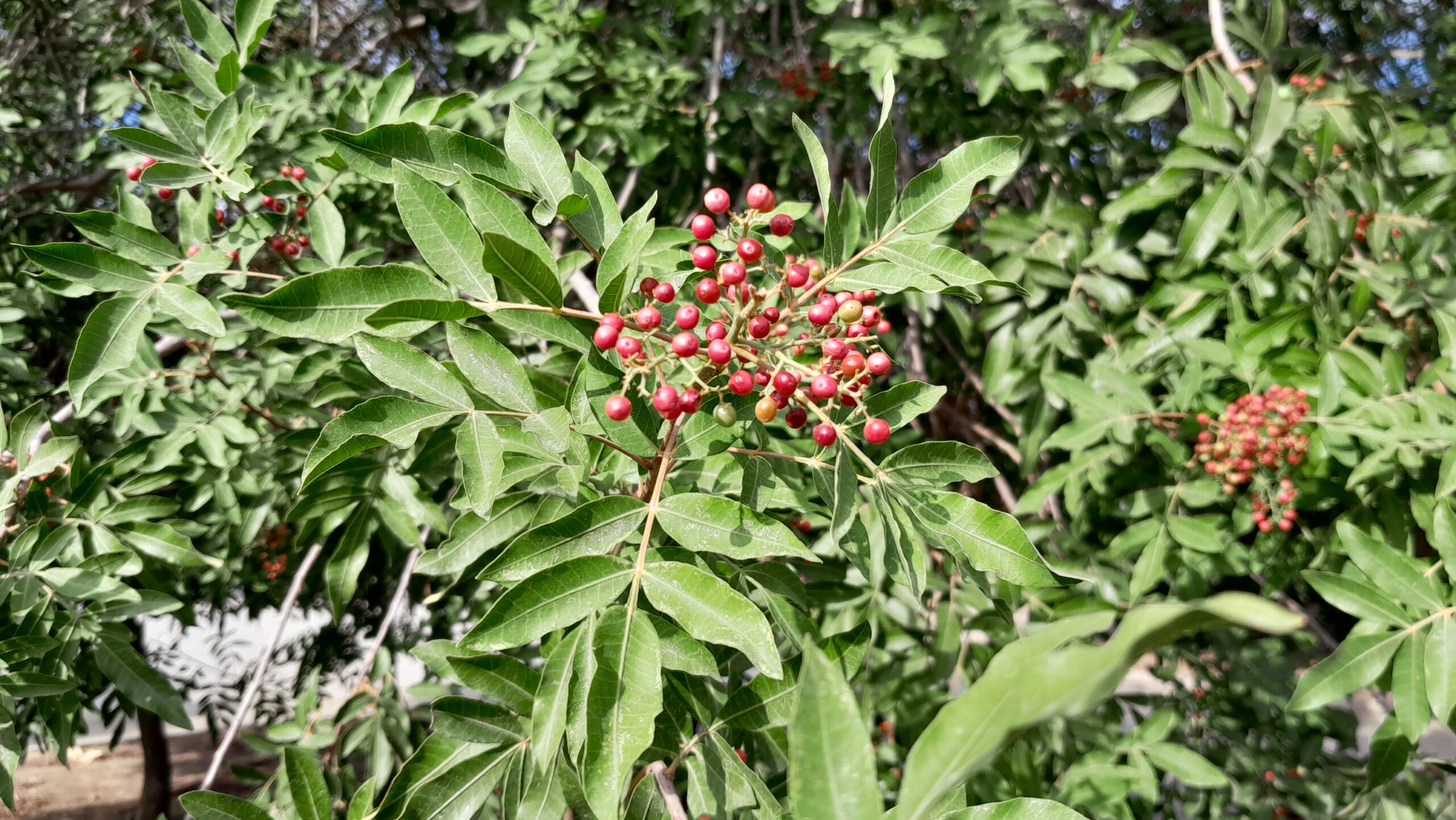
Τρεμιθκιά
Melengiç
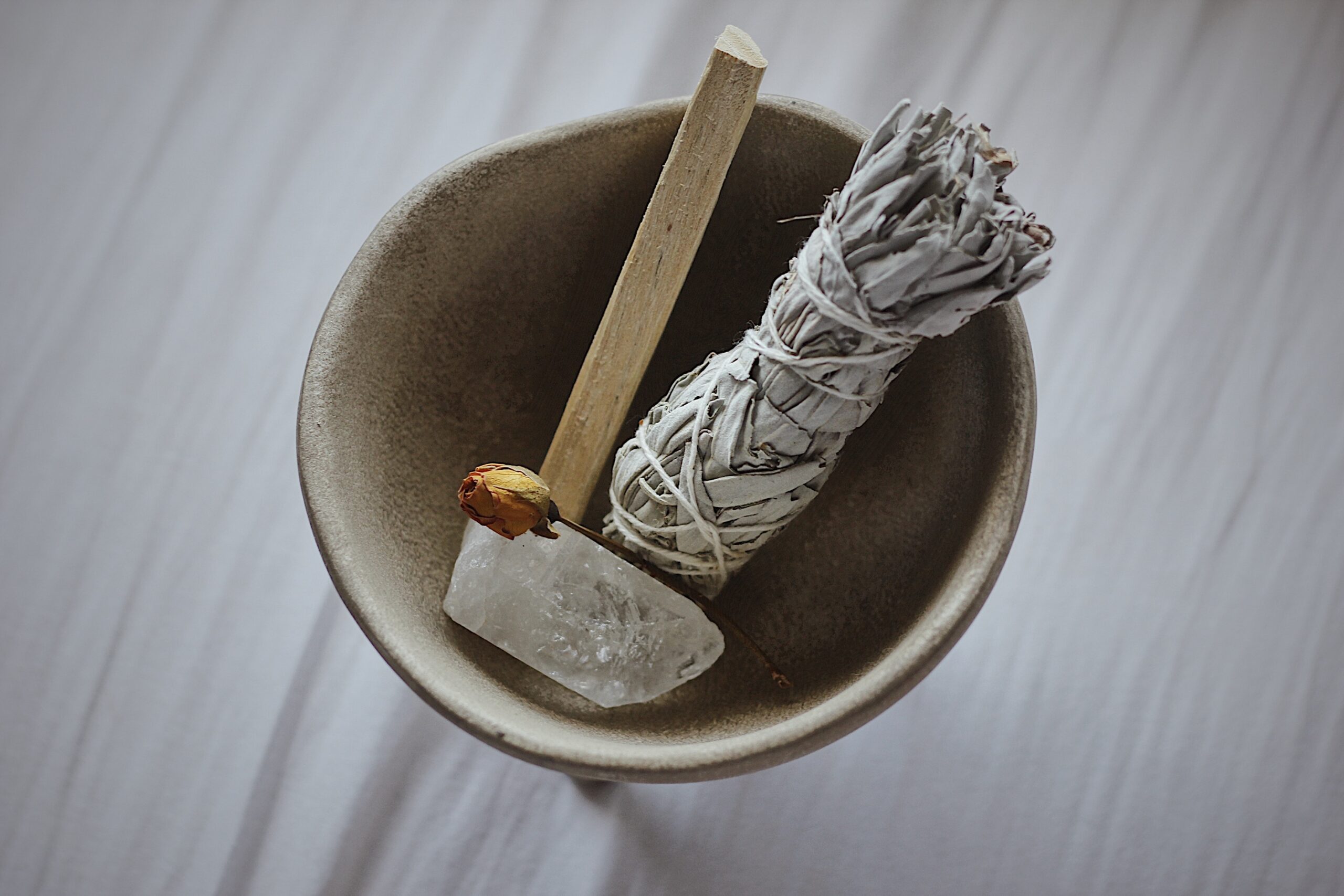
Σπατζιά
Adaçayı
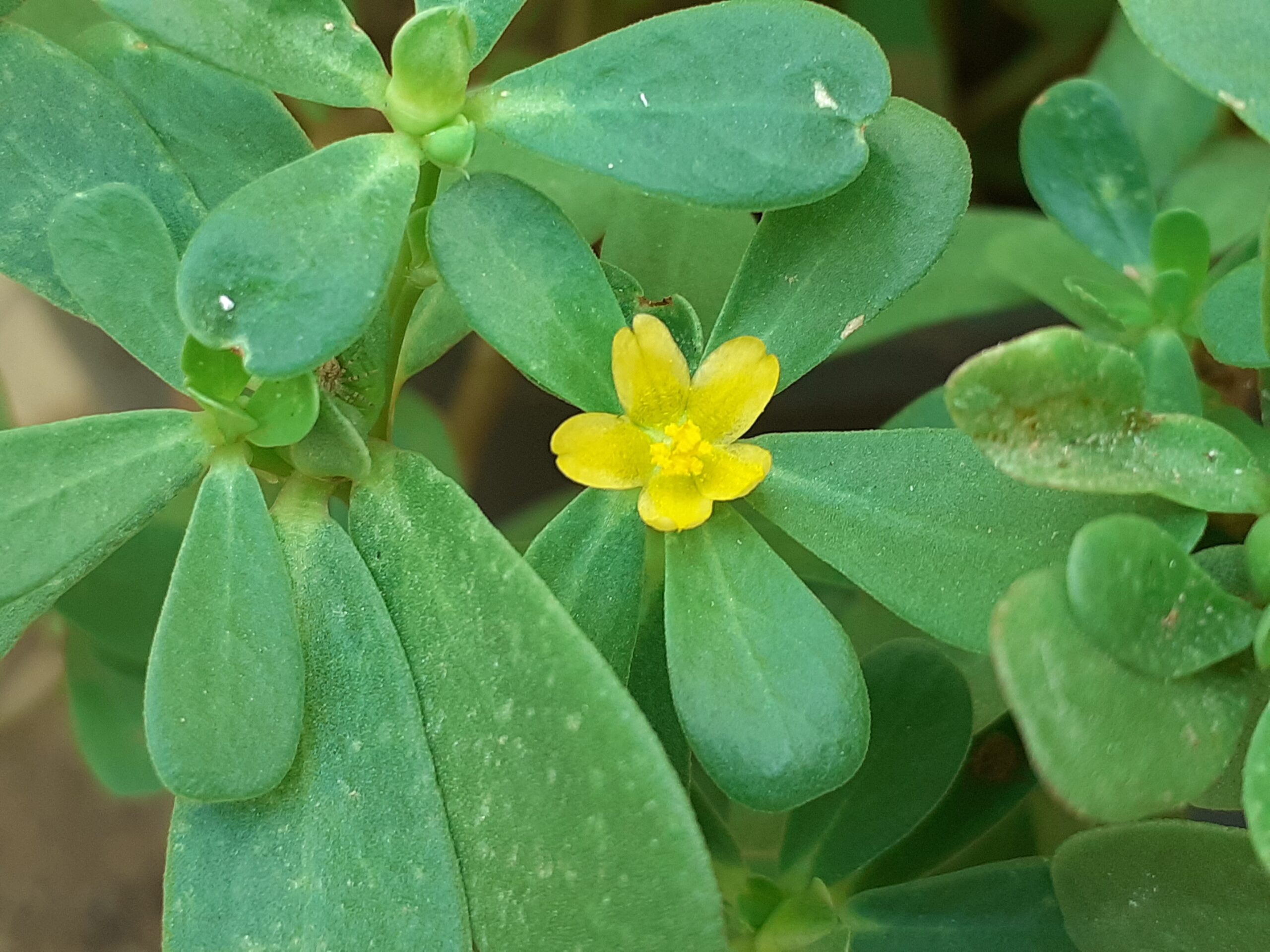
Γλυστιρία
Semizotu
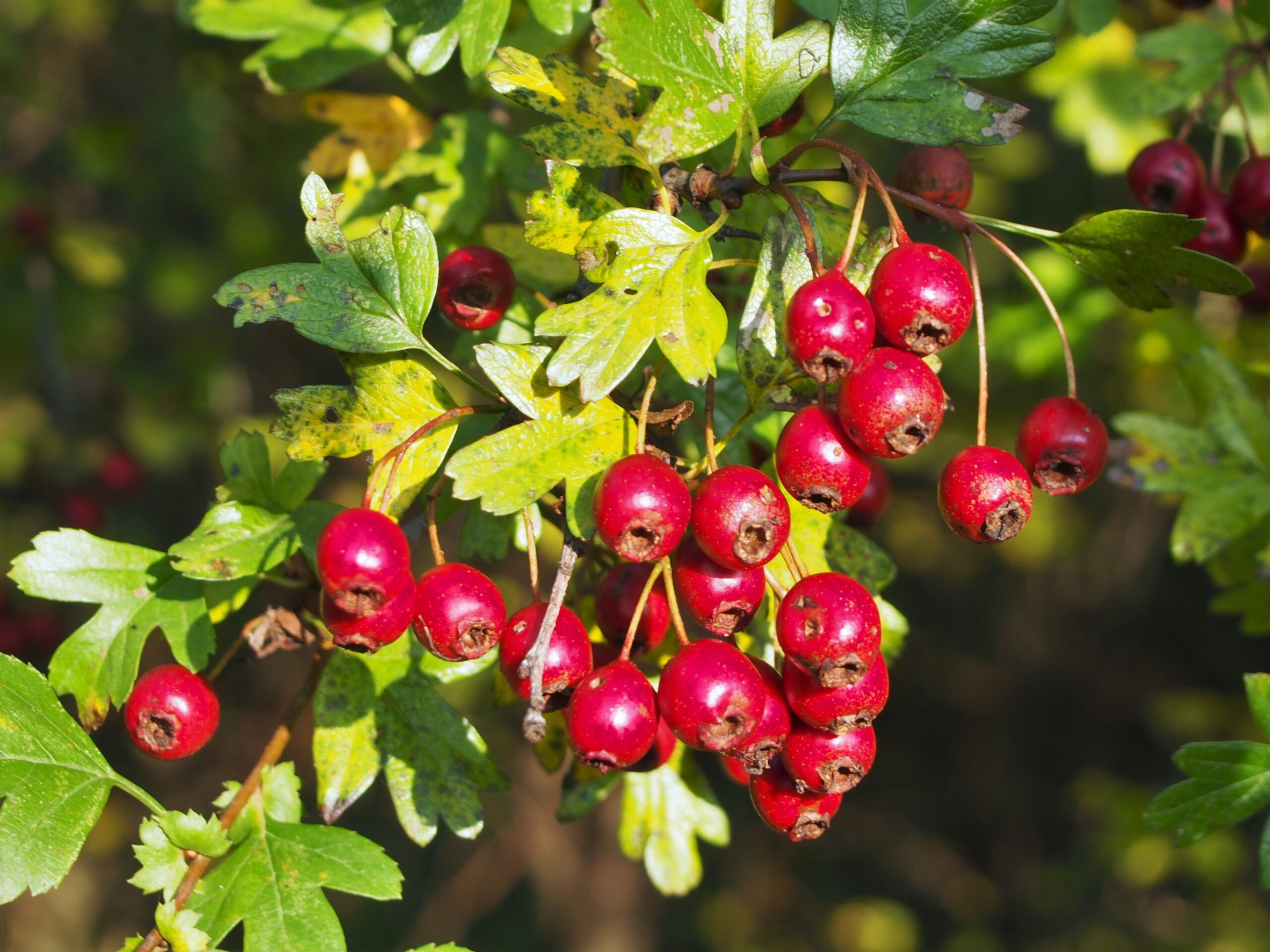
Μοσφιλιά
Müzmüldek

Τερατσιά
Harnup

Βάτος
Böğürtlen

Μέλισσα
Melisa

Γλίντος
Ohraşan